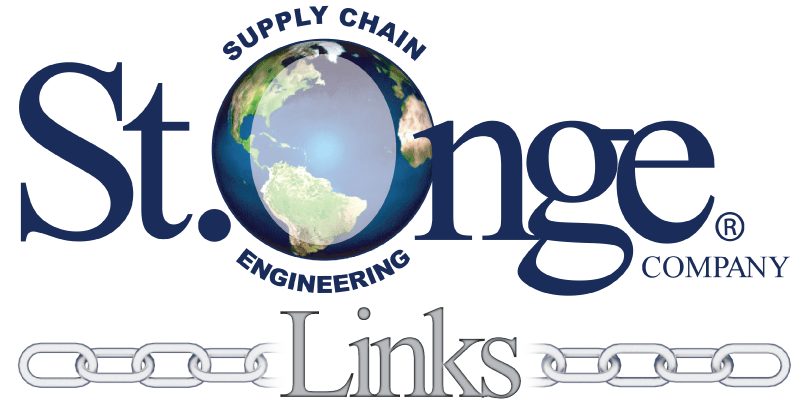 Strengthening your supply chain one link at a time.
Strengthening your supply chain one link at a time.
No matter what your role in the manufacturing world, I am sure you have heard the term ”item master”. An item could be many things, from two people who are romantically involved or a couple, to an article (of clothing, newspaper, etc.), to a detail on an agenda’s list, etc. Manufacturing items represent products you sell and the components that make up those products. This could be an article of clothing like a t-shirt, but not a romantically involved couple!
The item’s attributes determine the behavior of the item with respect to various functions: procurement, planning, forecasting, inventory management, and transportation. Therefore, these principal or primary data records are used to direct daily processes and operations. This record contains attributes such as the item #, item name, description, product category, unit of measure, weight, dimensions, etc. Then there can be function specific fields such as transportation related data (freight class code, etc.).
More often than not, the item master is referred to in a less-than-positive light. Normally we see/hear one of these issue scenarios or a combination.
All of the above can be partially or solely caused by issues pertaining to the setup and configuration of the item master, its processes, its interfaces, and/or its ownership. When the finished t-shirt is the wrong color, length, material, and/or is missing a sleeve, pocket, or design, you lose money. Then you start to research to find the culprit of the problem.
Are the values populated in these fields accurate? Does the item master contain all the required fields needed for downstream operations? Are there obsolete fields?
How are new items, changes to existing items, and retiring items, requested? How is master data populated (interface from other systems, user entered, etc.)? Are there approvals upstream before and/or during item creation? How long does it take from request to completion?
Who are the owners of the item master data? What users/roles are responsible for capturing & submitting item data, approving the record, entering & retiring the record, and maintaining the record?
What systems and recipients are involved downstream of the item master? How does each item master field affect the downstream processes?
Is there a controlled and effective master data governance organization in place? Who owns this process and how is it structured? Are all relevant parties involved? Does everyone understand their roles and have the right access & information to perform their roles? How often is the item master process reviewed?
It takes forethought to create and even populate an item master file, correctly. An advisor with this expertise can partner with you through this undertaking to determine the gaps and redundancies in item master governances, processes, system functionality, system integrations, and user access. Let us help you deliver a t-shirt that fits the needs of your customers.
Stay tuned for more blogs that continue to explore the supply chain industry and systems.
—Jess Kittrell, St. Onge Company